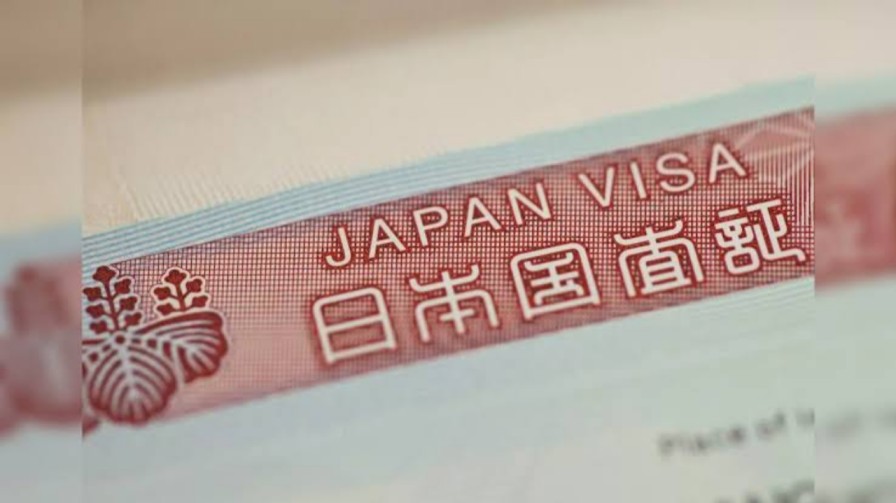Why Japan’s Digital Nomad Visa Might Not Be Ideal is a question for those digital nomads who are looking for a longer stay and stability in remote work.
Japan is a popular destination for foreigners; in 2023, approximately more than 25 million foreigners visited the country. One important point about Japan’s foreign tourists is that the country has a high number of Western tourists.
Digital nomads who work remotely favor working from Japan and living in this beautiful country. There is no doubt that Japan is one of the best countries to work as a digital nomad, but we aren’t sure if we can say the same thing about Japan’s digital nomad visa.
What’s the biggest disadvantage of Japan digital nomad visa?

After a long period of waiting, Japan finally announced a digital nomad visa for remote workers this year, effective from April 1st.
This was really good news for digital nomads, but when the details were released, it showed that there are very strict requirements and a short duration of stay.
Strict requirements
Every digital nomad visa has its own requirements, but these requirements can usually be met by most digital nomads. However, Japan’s digital nomad visa has strict requirements, plus a lot of paperwork and bureaucracy in the application process.
One major requirement is the income threshold, which is set at more than $62,000 per year. This means a digital nomad should have an income of more than $5,000 per month. This income requirement cannot be met by the average digital nomad, making it impossible for most remote workers to apply for Japan’s digital nomad visa.
Paperwork anormaly

Beyond the income requirement, there is a significant amount of paperwork. While all visas require documentation, Japan’s digital nomad visa demands more than usual. You will need to submit all eligibility-related documents and then apply for an eligibility certificate, which itself requires additional documents. It feels like you are applying twice for one visa.
Read more: Colombia digital nomad visa requirements
When you are submitting these documents, each of them takes its own time. For example, when you are applying for an eligibility certificate, it can take up to two weeks, and applying for the visa will take even more time than the certificate.
Short stay duration
Japan’s digital nomad visa has a six-month stay duration without the option of extension. After six months, you need to leave and cannot apply again for another six months.
While it’s understandable that digital nomads typically move frequently and don’t stay in one country for long periods, there are some finer details to consider.
The visa is not renewable, so if a digital nomad needs to stay for more than six months, they cannot, regardless of the reason for requesting an extended stay.
Tourists usually have up to a three-month stay in the country. Considering the extensive requirements and paperwork for an additional three-month stay, applying for the visa may not seem worthwhile.
Instead, digital nomads can opt for a short stay in South Korea and re-enter Japan without dealing with the digital nomad visa.

Although the six-month stay duration is not very short, the possibility of extension would be a great advantage, which most digital nomad visas offer.
Additionally, for such a short stay, the eligibility requirements and process are too difficult. It would be more understandable to have simpler requirements and a faster process for a shorter stay.
Nationality restrictions
And finally, there are nationality restrictions: only 49 countries are eligible for Japan’s digital nomad visa. Citizens of other countries cannot apply, even if they meet all the requirements.
While it’s understandable for certain countries with high security concerns or instability, the fact that citizens from more than 150 countries are not allowed to apply makes these nationality restrictions seem very strict.


